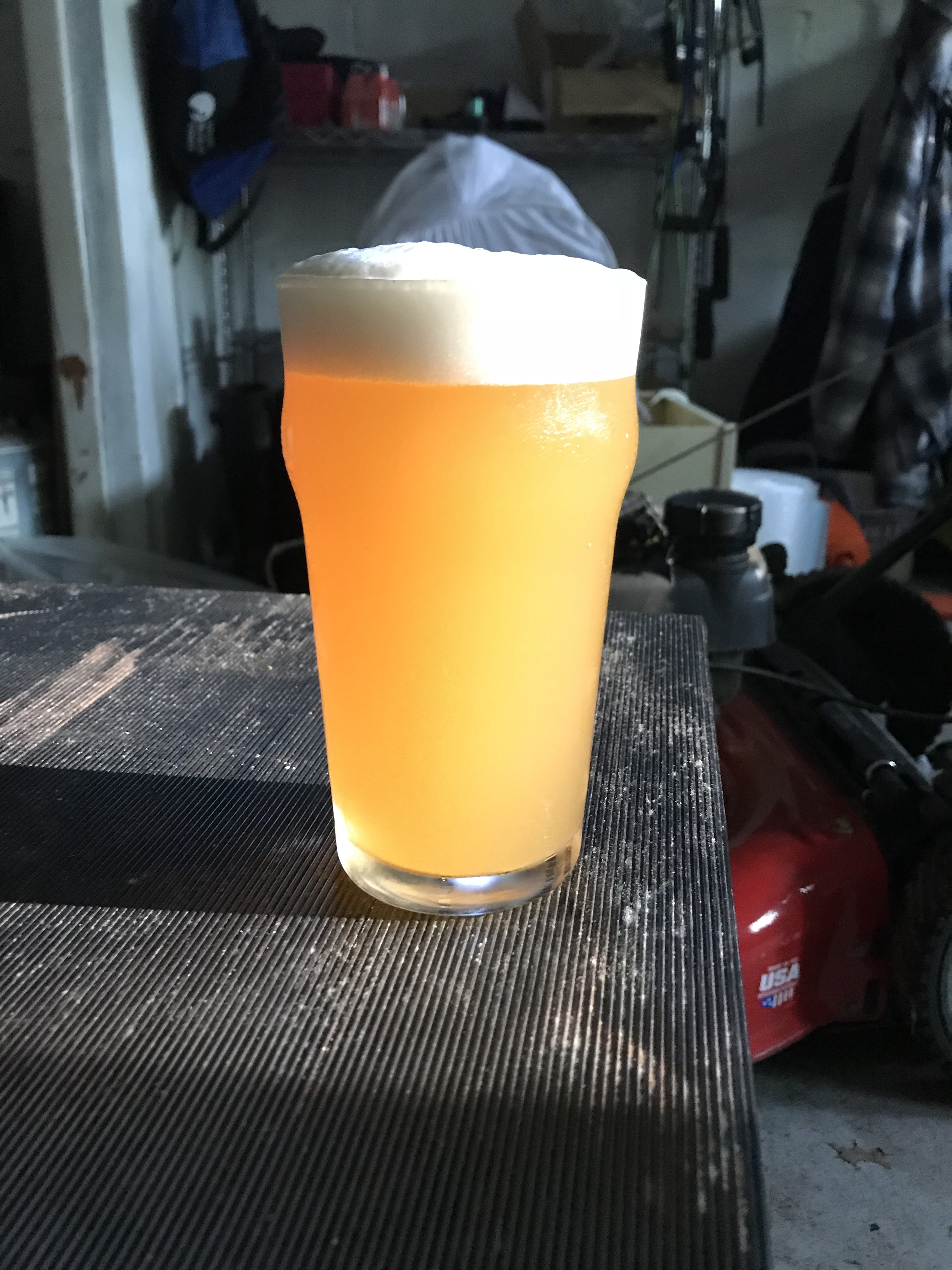Tips For Extract Brewers
Malt extract is concentrated wort, and the extract’s brewmaster has already made the water decisions. All you really need to be concerned about as an extract brewer is rehydrating the malt extract back to its original composition. And for that, a low mineral mountain stream source or distilled water source is ideal.
If you want to add brewing salts to your water, I urge you to brew the beer without the salts first and see how it tastes. This is where water adjustment gets tricky for extract brewers: You don’t know how much sulfate or chloride is already present in your malt extract. It doesn’t matter whether you are brewing with dry malt extract or liquid malt extract; the minerals are still there.
If you want to add brewing salts to enhance the flavor of the beer, use either 1 gram of calcium sulfate per gallon (3.8 liters) of wort for bitterness or 1 gram of calcium chloride per gallon (3.8 liters) of wort for fullness. Don’t use both, and don’t exceed 1 gram per gallon (3.8 liters) until you have brewed with that extract recipe and determined how it tastes.
Remember, don’t go overboard with water adjustment. Brewing is cooking, and using brewing salts and acid additions can easily be overdone, just like over-salting your food.



